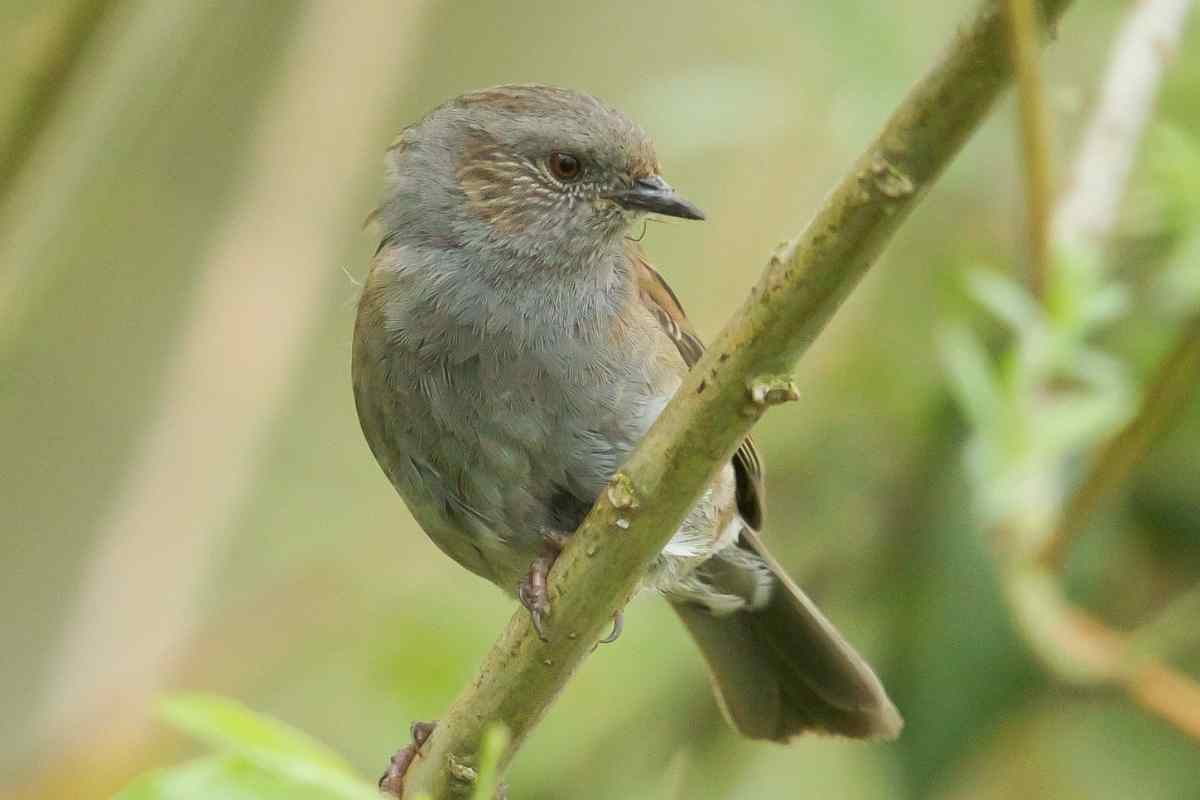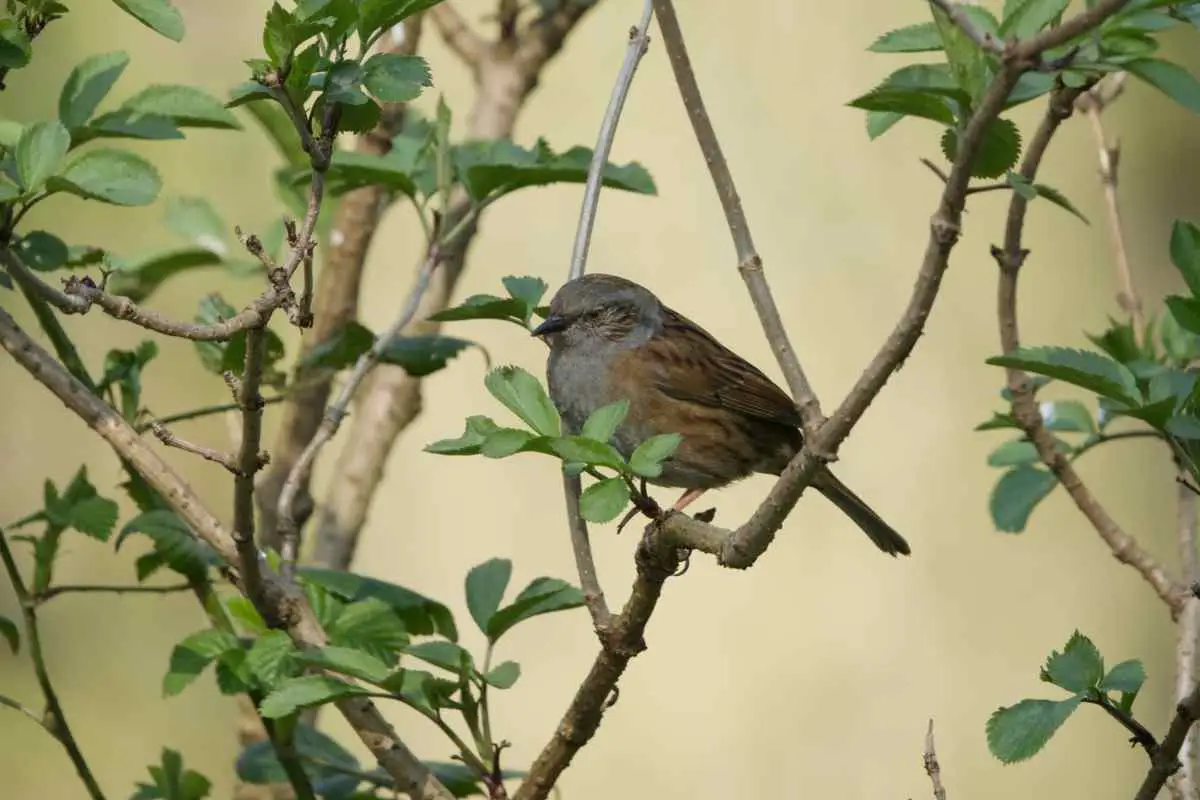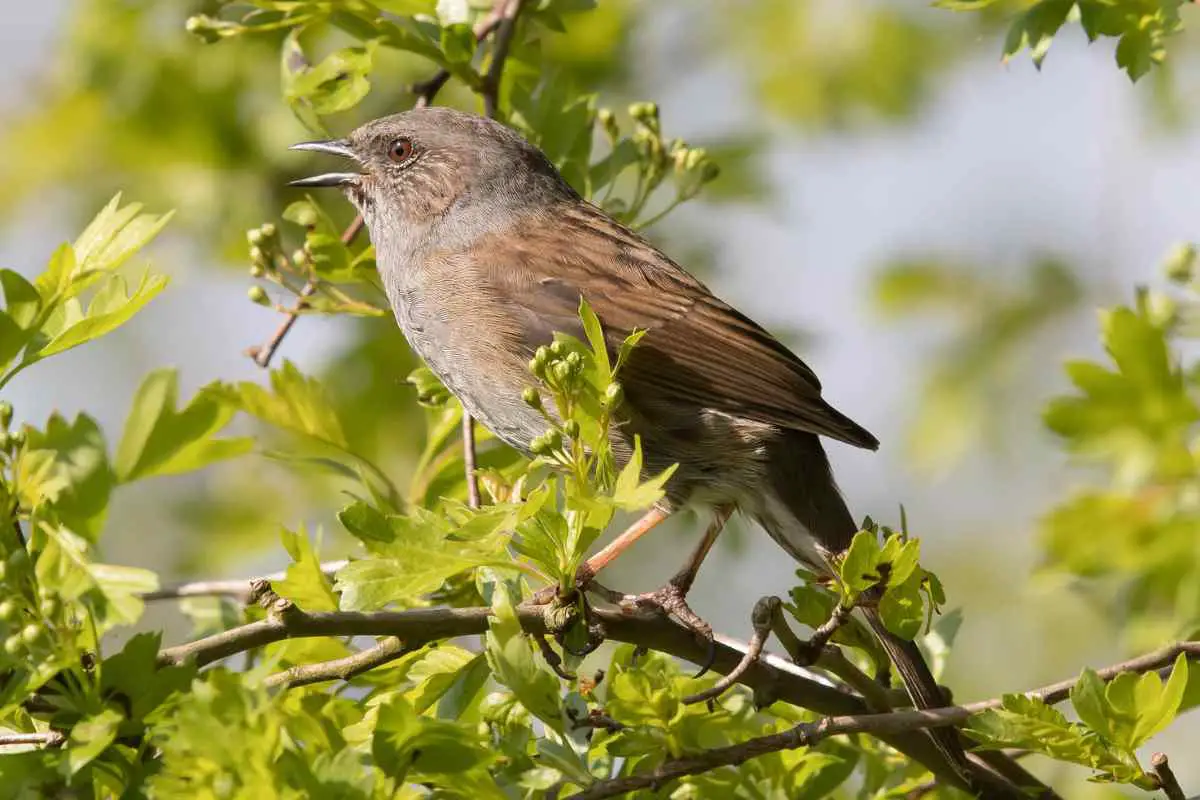Cabbage white larvae feed on the Brassicae family like cabbage and kale. The best way to prevent cabbage white butterflies is to put up netting. Other defenses include picking off individual eggs and caterpillars or planting decoy plants.
Are you planting a lot of kale, broccoli, and cabbage this year? You need to watch out for the cabbage white butterfly.
Read this extensive guide to learn all about them and know how to protect your garden from their wrath.
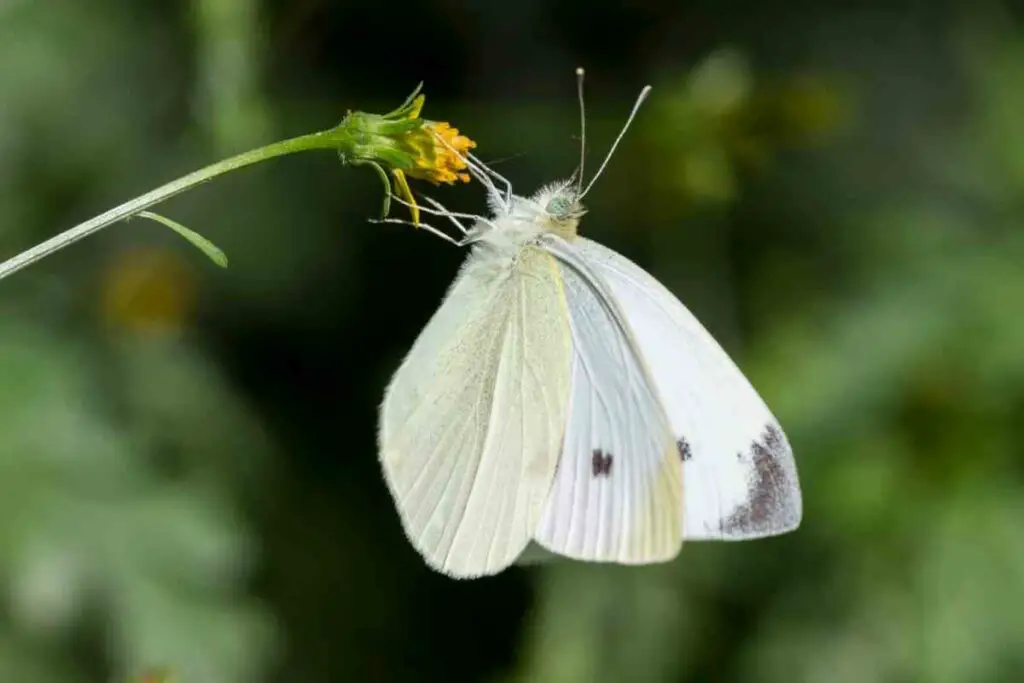
Table of Contents
What is The Cabbage White Butterfly?
Otherwise known as the Small White, as it is known in Europe, is a small or medium-sized butterfly. It can be identified by its white color and tiny black dots.
The caterpillars of small whites are pests to crops like bok choy, broccoli, kale, and cabbage- the crucifer crops, otherwise known as the Brassica family.
There are also large whites, which lay eggs slightly differently and can cause more damage.
The small white probably originated in the Eastern Mediterranean and spread to the rest of Europe because of new crops and trade routes.
Throughout the past 200 years, they have been introduced to North Africa, New Zealand, Australia, and North America by accident.
What Do Cabbage White Butterflies Look Like?
Cabbage whites look a lot like the largely white, except smaller. They have a creamy white top with black tips on the wings. Females have two black dots in the middle of their wings.
They are about 23-47mm and are often mistaken for moths because they are so plain.
What Do The Eggs Look Like?
The small white lays eggs on wild and cultivated plants from the cabbage family. It only lays eggs on its host plants.
The egg is yellow with 12 bumps up and down. Egg-making reaches its high point roughly a week into adulthood. Females live around 3 weeks long.
They lay singular eggs rather than in clumps. There is a theory that compounds in the Brassicaeceae family (the family of host plants) have evolved to reduce the egg production of the small white.
Yet this hypothesis is usually rejected because the small white has proven to be immune to these compounds.
What Do The Caterpillars Look Like?
Cabbage white caterpillars are somewhere between blue and green and have small black pints, a black ring surrounding the spiracles, and yellow marks.
Caterpillars stay on the underside of leaves which protects them from predators.
What Do The Larvae Do?
The larvae are extreme pests on plants like horseradish, radish, broccoli, kale, and cabbage. They pose a big threat to commercial cabbage, as well as that in your garden.
What About Adult Small Whites?
The small white is very good at flying. The population in Britain increases each year because of immigration.
Adults fly during the day besides in the morning and evening. They can fly multiple kilometers in one go, up to 12 km. A female flies .7 km each day on average and .45 km away from her starting point.
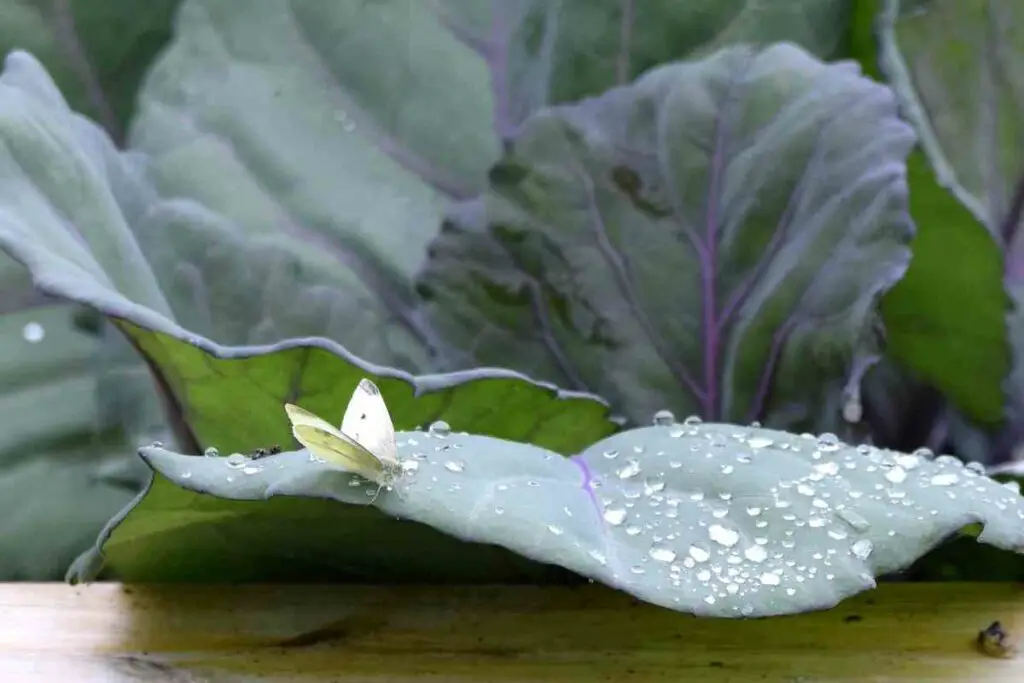
How Do The Larvae Feed?
The larva has a big appetite. It goes into the inside of the cabbage and eats the new sprouts. It can be hard to spot because it burrows.
They feed faster in environments with low oxygen. They cause hundreds of thousands of dollars worth of annual damage.
They spread out the damage on the plant and eat during the day. They explore the plant and spend most of their time eating.
This is an evolutionary advantage to hide the visual cues of feeding on predators. If they ate all in the same spot, it would clue predators into the fact that there was a caterpillar on the plant.
When they are eating, they don’t hide beneath the leaves.
The health of the host plant largely affects the growth of the larva.
How Do Adult Small Whites Feed?
The adults use both their eyes and their smell to find flowers. Small whites prefer yellow, blue, and purple flowers.
Some flowers have a UV guide, which greatly helps small whites.
The adults feed on nectar. They don’t have good memories so they will visit flowers more than once.
They get better and better at finding flowers over time.
How Do I Prevent Cabbage Whites From Getting Into My Garden?
Butterflies fly from around February to November. You can use fine horticultural fleece to protect your plants.
Create hoops or a frame to support your material and be sure that it reaches the soil and is fully sealed because butterflies will ruthlessly find any holes.
When you weed or water your garden, be extra careful not to trap a butterfly inside.
Check plants very carefully to see if there is any damage. Get rid of any caterpillars or eggs.
How Should I Spray Caterpillars?
If you already have an infestation, spray young caterpillars with Bacillus thuringiensis which occurs naturally and is a bacterium found in soil.
This bacterium is toxic to many insect species including tomato hornworms, cabbage loopers, and caterpillars. However, it doesn’t damage mammals, fish, birds, or gardeners.
The bacterium comes in a powder form or solution and you use a watering can to apply it.
Another thing you can use is garlic spray.
The problem with spraying caterpillars is that it will also kill insects that are beneficial.
Are There Any Decoy Plants That I Can Plant To Distract Cabbage Whites?
You can plant members of the Brassicae family and use them as early alarm systems to help you know if there is an infestation coming.
- Nasturtiums are colorful annuals with green, round leaves. Sow them early in May and keep your eyes peeled for caterpillars.
- Sea stock are fragrant white flowers that bloom in May. Grey leaves stay throughout the winter and are often attacked by larger cabbage white caterpillars.
- Dame’s violet is a favorite amongst large cabbage whites. They have white flowers and are incredibly fragrant.
- Honesty is a biennial and has papery seed pods.
Different Types Of Butterflys Found In Small Gardens
There are many different types of butterflies that you may find in your garden, such as:
Red admiral, Peacock, Small tortoiseshell, Painted lady, Small white, Large white, Green-veined white, Orange-tip, Small copper, Meadow brown, Holly blue, Common blue.
Learn more about the types of butterflies found in small gardens.











